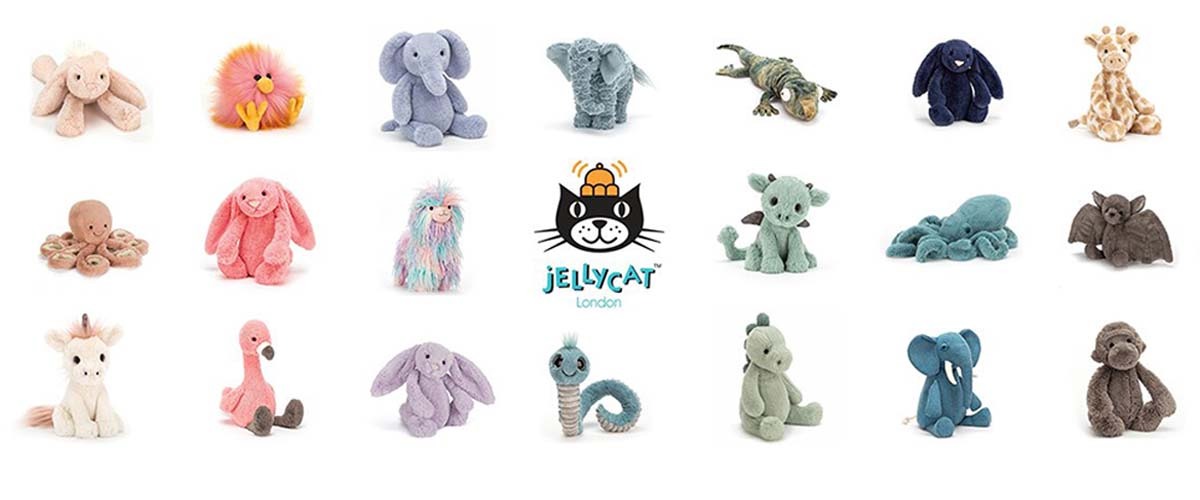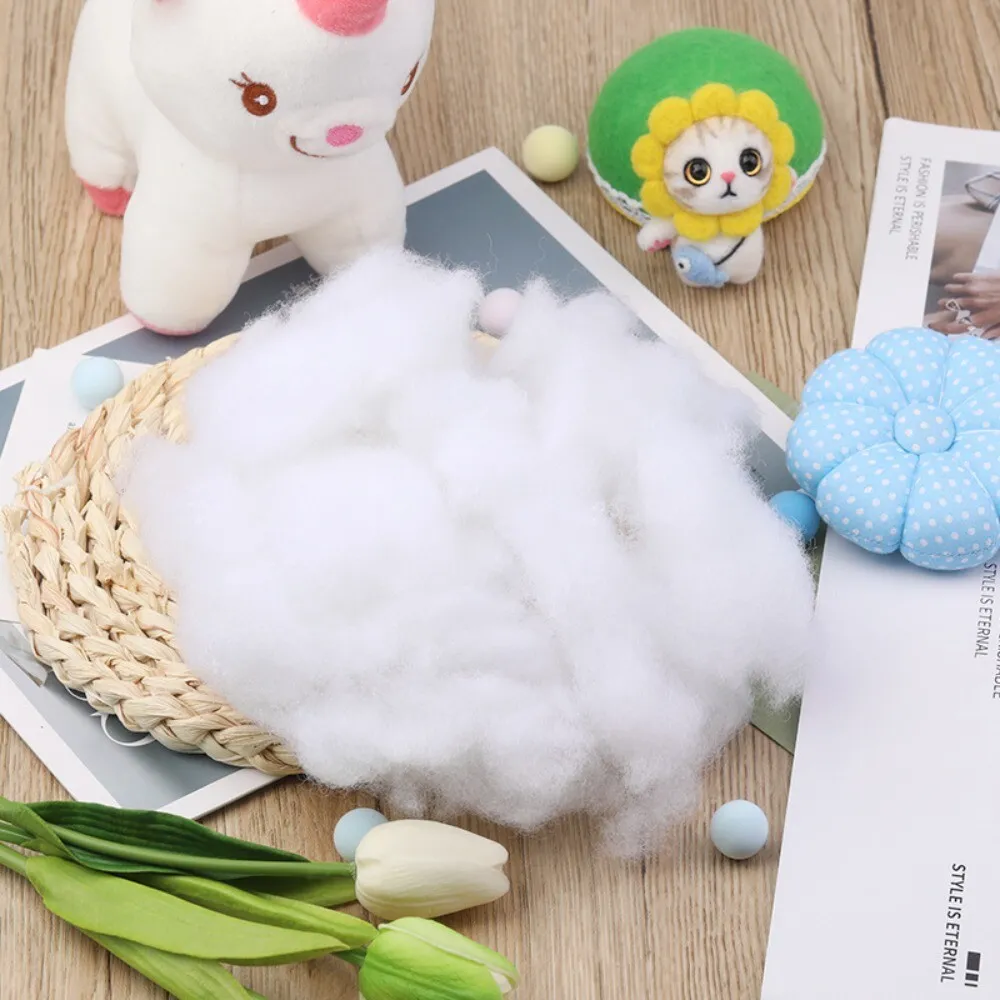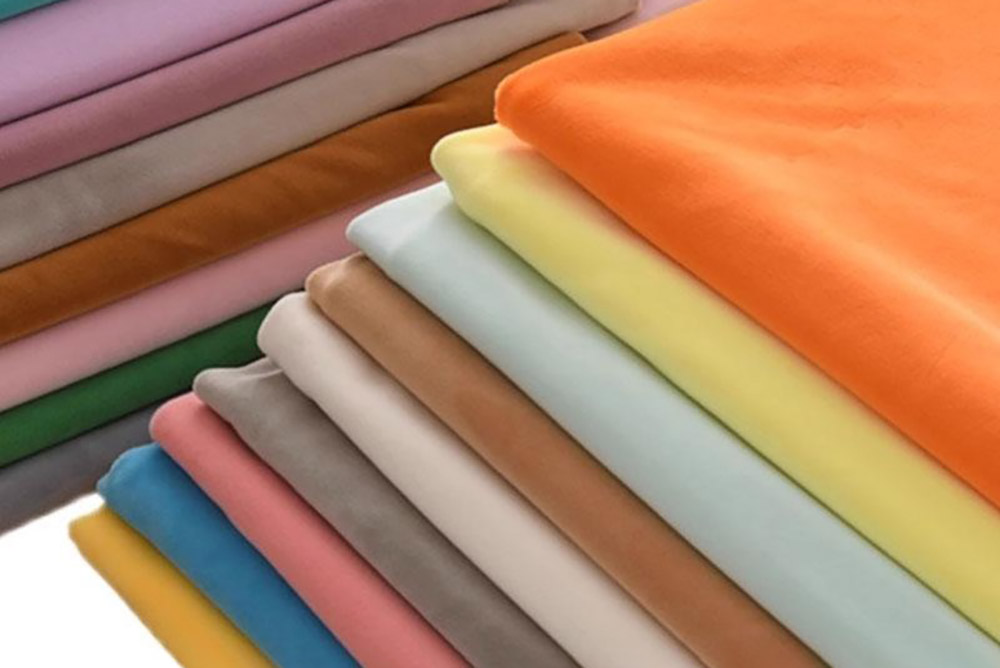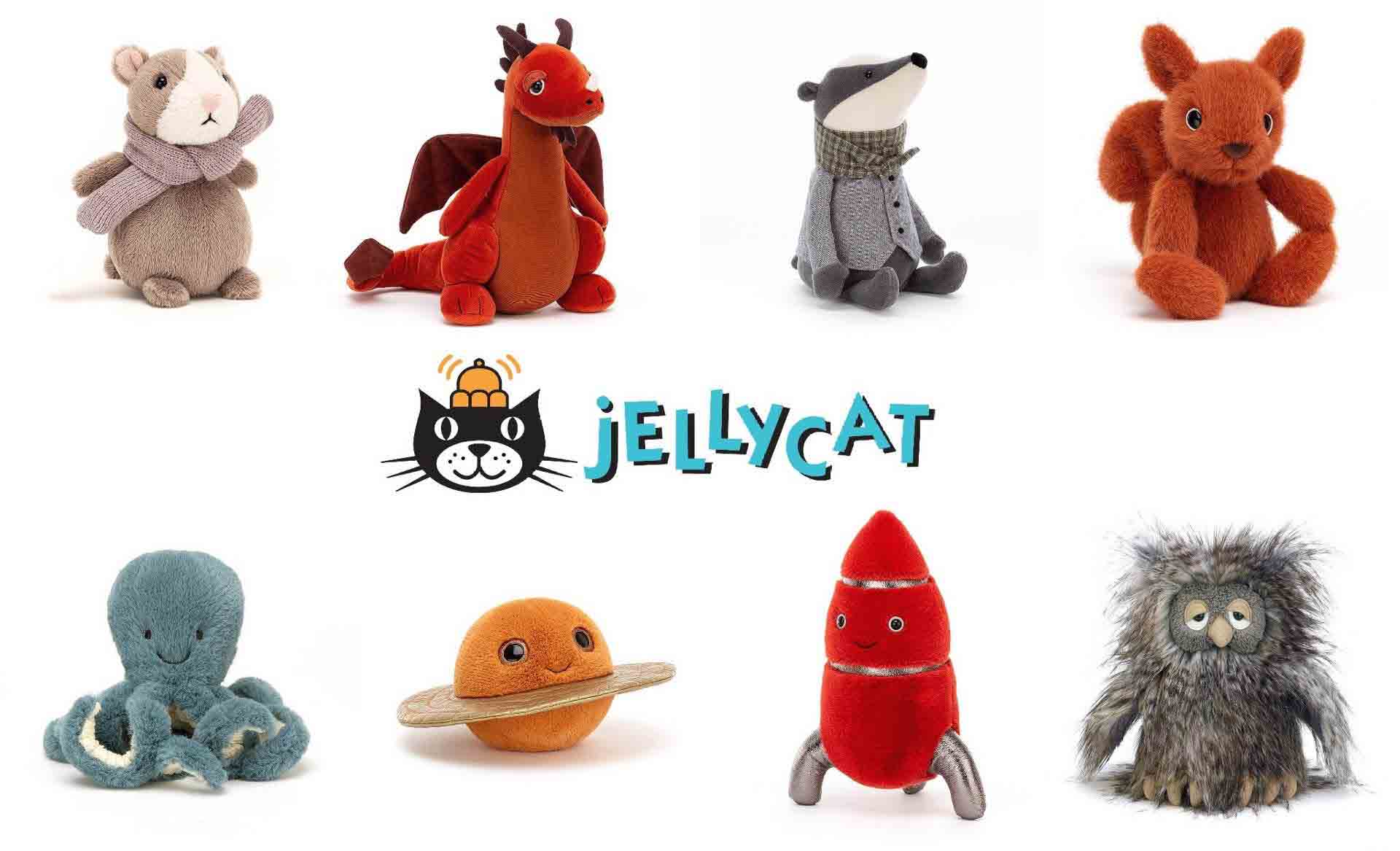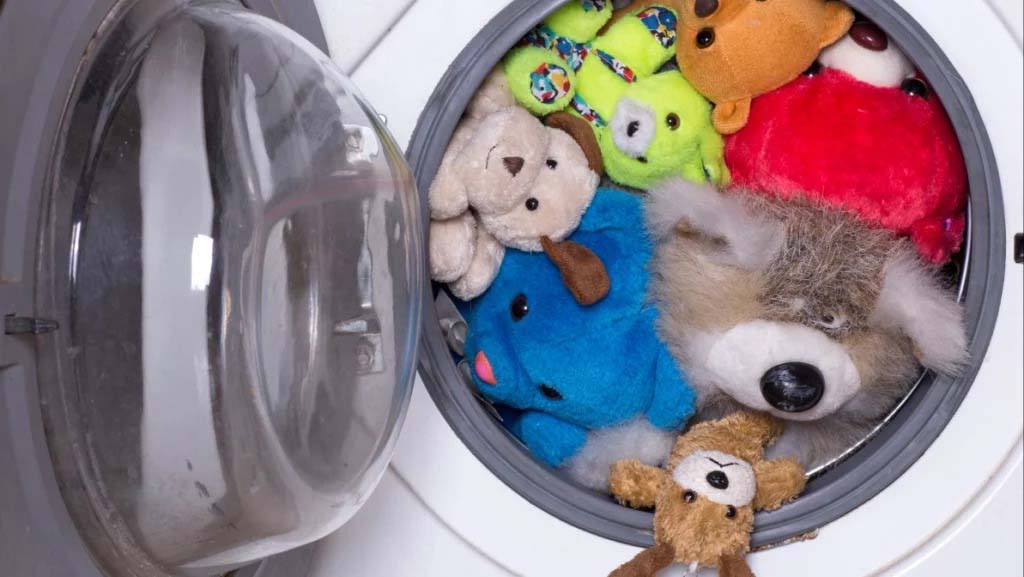Plush toys have been a part of human life for centuries, evolving from simple handmade figures to globally traded products. They are no longer just children’s playthings but versatile items used in education, branding, home décor, and emotional comfort. In today’s market, plush toys combine craftsmanship, safety standards, and modern design trends, making them an important product category in the toy industry. This guide explores everything you need to know about plush toys—from their definition and design to global trends, safety standards, and buyer considerations.
1. What Defines a Plush Toy in the Modern Toy Industry?

Plush toys are more than soft playthings. In today’s toy industry, they are a carefully designed product category that blends comfort, creativity, and emotional connection. A plush toy is typically made from textile fabrics like polyester, cotton, or eco-friendly fibers, with stuffing that creates softness and shape. Unlike ordinary dolls or plastic figures, plush toys are valued because they are huggable, safe for children, and customizable for different markets.
Plush toys can take many forms—animals, characters, cushions, or even promotional mascots. For parents, they represent safety and comfort. For brands, they are tools of emotional marketing. And for buyers in wholesale or retail, they are products that must balance cost, material quality, and compliance with international standards.
In the modern market, plush toys are not just for children. Adults purchase them as collectibles, stress-relief companions, or even décor items. This shift expands their demand across multiple age groups and channels. When buyers source plush toys, they now look at trends, sustainability, and production reliability. Plush toys have therefore evolved from simple handmade items to globally standardized products that serve entertainment, emotional, and commercial purposes.
| Feature | Explanation |
| Definition | Soft toy made of fabric and stuffing, designed to be cuddly and huggable |
| Common Materials | Polyester, cotton, velboa, faux fur, eco-friendly RPET fibers |
| Core Purpose | Comfort, play, emotional bonding, gifting, and brand promotion |
| Market Reach | Children, adults, collectors, promotional companies |
| Buyer Considerations | Safety, material quality, price, customization, and delivery reliability |
| Industry Evolution | From handmade crafts to mass production with global safety certifications |
Plush toys define an industry where emotional value meets global trade standards. Understanding what makes a plush toy unique is the first step for buyers to make informed sourcing decisions.
2. How Are Plush Toys Designed, Produced, and Filled?

The process of creating plush toys involves creativity, technical skill, and strict quality control. A typical project begins with design sketches or 3D models that define the toy’s shape, character, and size. Designers also select fabrics and filling materials based on the toy’s target age group and function. For example, velboa or short-pile fabric is often chosen for baby toys, while long-pile faux fur suits larger collectible plush.
After design approval, sample production starts. Skilled workers or machines cut fabrics, sew pieces together, and insert filling materials like polyester fiberfill, cotton, or eco-stuffing. The filling step is crucial, as it determines the plush toy’s softness, firmness, and durability. Overfilling may cause stiffness, while underfilling makes the toy lose shape. Once assembled, every toy undergoes stitching inspection, safety checks, and compliance tests before mass production.
Modern factories integrate technology into every stage. From laser cutting to automated stuffing machines, efficiency ensures consistency in large orders. Still, handmade stitching and detailed embroidery remain irreplaceable, especially for premium toys or IP character models.
| Production Step | Description |
| Design & Prototyping | Initial sketches, digital 3D models, and fabric selection |
| Fabric Cutting & Sewing | Materials cut and sewn by skilled workers or semi-automated machines |
| Filling Process | Stuffing with polyester fiber, cotton, or eco-materials |
| Finishing Touches | Embroidery, printing, accessories like clothes or sound modules |
| Quality Control | Stitching checks, safety tests, certification review |
| Mass Production | Standardized workflow for large-volume orders |
This structured process guarantees that plush toys are not only appealing in appearance but also durable, safe, and compliant with international standards—key factors for global buyers.
3. What Types of Plush Toys Dominate the Global Market?

The global plush toy market covers a wide variety of categories, each serving unique consumer needs. Traditional animal plush toys remain the most popular segment, with teddy bears leading sales across different cultures. Licensed character plush toys from movies, cartoons, or games dominate retail stores and online platforms, often driving impulse purchases and collectible value.
In recent years, lifestyle plush toys such as pillows, cushions, and wearable plush blankets have become strong competitors. These products appeal to both children and adults, especially in regions like North America and Europe where home décor overlaps with comfort-focused purchases. Meanwhile, promotional plush toys—used by brands, events, and theme parks—represent another large segment, offering high customization potential.
The market also reflects regional differences. In Japan and Korea, small “kawaii” plush dolls are highly sought after. In the U.S. and Europe, oversized plush toys and licensed IP products lead. For wholesalers, recognizing these differences is essential to meet buyer preferences.
| Plush Toy Category | Key Features |
| Animal Plush Toys | Classic teddies, dogs, cats, farm and jungle animals |
| Licensed Character Plush | Based on movies, cartoons, gaming IPs, strong collectible appeal |
| Lifestyle Plush | Pillows, cushions, plush blankets, décor-focused designs |
| Promotional Plush | Custom mascots, event giveaways, branding products |
| Baby Plush | Soft fabrics, safe fillings, certified for infant use |
| Collectible Plush | Limited editions, premium designs, adult collectors as main buyers |
The dominance of these categories shows how plush toys are no longer just playthings—they are products that reflect lifestyle, entertainment, and branding trends worldwide.
4. How Do Plush Toys Contribute to Child Development and Emotional Bonding?

Plush toys are more than products; they play a psychological and developmental role in children’s growth. From an early age, babies and toddlers use plush toys for comfort. A soft toy becomes a “security object,” reducing stress and helping them feel safe in new environments. For parents, this emotional bond is a key reason for choosing plush toys over hard-surface toys.
Beyond comfort, plush toys help children develop imagination and social skills. Role-playing with plush animals teaches empathy, communication, and responsibility. Plush toys can also be educational—some integrate features like music, lights, or storytelling functions. These interactive models support language development and sensory learning.
Emotional bonding also extends into adulthood. Many adults keep plush toys as nostalgic items or stress relievers, proving that their impact crosses generations. For toy manufacturers and retailers, understanding this emotional factor is vital, as it explains why plush toys remain stable in global demand.
| Contribution Area | Example Impact |
| Emotional Comfort | Reduces anxiety, provides a sense of security |
| Social Development | Encourages role-play, empathy, and communication |
| Cognitive Growth | Supports creativity, imagination, and storytelling skills |
| Sensory Learning | Toys with textures, sounds, or lights aid multi-sensory development |
| Lifelong Bonding | Plush toys kept as keepsakes or stress-relief companions into adulthood |
| Parental Choice Factor | Preferred due to softness, safety, and bonding value |
Plush toys are therefore not just commodities—they are tools that nurture human emotions, making them one of the most enduring product categories in the toy industry.
5. What Standards and Certifications Ensure Plush Toy Safety?

For international buyers, safety is the first priority when sourcing plush toys. The industry is governed by strict certifications that guarantee compliance with child safety requirements. CE certification is mandatory for toys sold in Europe, while ASTM F963 is the U.S. standard. Both require tests for flammability, chemical safety, and mechanical durability.
In addition to these, plush toys must also pass EN71 (Europe) and ISO 8124 (international) standards. These cover small parts hazards, fabric strength, and toxic element testing. For baby products, additional checks for choking risks, saliva resistance, and hypoallergenic materials are necessary. Buyers increasingly request certifications not only for compliance but also for marketing credibility.
Factories with advanced quality control systems ensure compliance by testing raw materials, monitoring production steps, and carrying out final inspections. This is especially important for global B2B buyers sourcing bulk orders.
| Certification Standard | Coverage Area |
| CE (Europe) | Flammability, chemical limits, safety labeling |
| ASTM F963 (USA) | Mechanical/physical properties, toxic elements |
| EN71 | European toy safety, choking hazards, durability |
| ISO 8124 | International toy safety requirements |
| CPSIA (USA) | Lead content, phthalates, child product tracking |
| Baby-Specific Tests | Hypoallergenic materials, saliva resistance, no sharp parts |
These certifications reassure buyers that plush toys are safe, reliable, and market-ready across global regions, minimizing legal and brand risks.
6. How Has the Plush Toy Industry Evolved with Trends and Technology?

The plush toy industry has transformed significantly over the past two decades. Traditionally dominated by handcrafted teddies, it is now driven by IP licensing, sustainable materials, and innovative production methods. Today’s buyers expect more than softness—they want eco-friendly, functional, and trendy plush toys.
Sustainability is a major driver. Many factories now use RPET fabrics (recycled polyester from plastic bottles) or organic cotton to meet eco-conscious demands. At the same time, interactive plush toys with sound, lights, or AI functions are gaining traction, especially in premium markets. Social media also plays a major role, with TikTok and Instagram trends influencing plush toy design and sales.
Technology has optimized production. 3D modeling, automated cutting, and digital embroidery allow precise designs and faster delivery. Small-batch production for ODM/OEM orders is also more flexible than ever, supporting brand owners and retailers who need quick market testing.
| Trend / Technology | Industry Impact |
| Sustainability | Adoption of RPET fabrics, organic cotton, eco-friendly stuffing |
| Licensing & IP | Partnerships with movies, games, and entertainment brands |
| Interactive Features | Toys with sound, light, sensors, or basic AI |
| Digital Marketing | Social media trends influencing design and sales |
| Smart Manufacturing | 3D modeling, automated cutting, precision embroidery |
| Flexible Production | Small-batch orders and quick-response ODM/OEM services |
The evolution of plush toys shows how the industry adapts to global buyer expectations. From eco-materials to AI features, plush toys remain relevant and profitable across changing consumer trends.
Plush toys are more than products—they are safe, emotional, and innovative companions that connect brands with customers worldwide. At Kinwin, we specialize in producing certified, customizable, and market-ready plush toys for global buyers. If you are looking to source safe, high-quality, and trend-driven plush toys, we invite you to contact us and explore how our OEM/ODM solutions can support your brand’s success.


